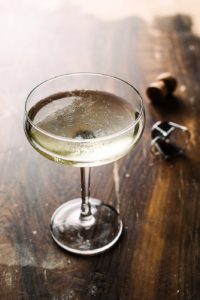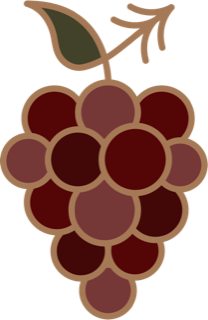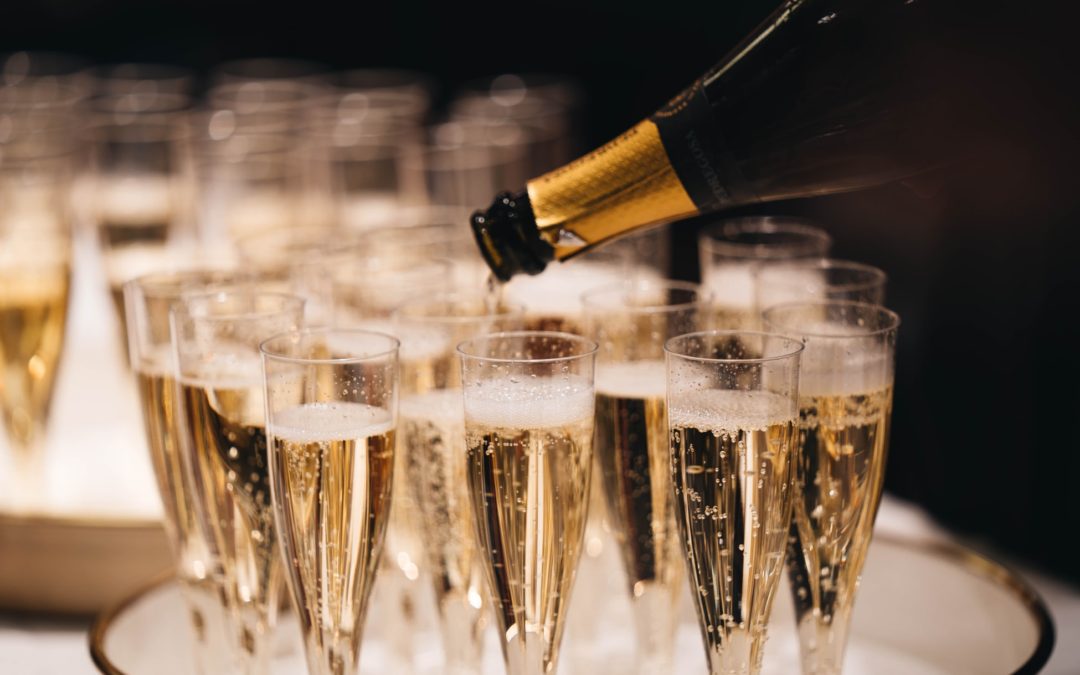After a short hiatus from writing my blog, I’m back for the last blog post of 2020. In recognition of National Champagne Day and New Year’s Eve, I thought it would be fun to write about how the tradition of Champagne on New Year’s started. I personally love Champagne. It’s fun, fizzy, and tastes fantastic. I’m especially fond of the Brut (or dry) variety.
I’ll start with a quote from Coco Chanel:
“I only drink Champagne on two occasions, when I am in love and when I am not.”
So, Champagne may be the drink of choice on many occasions but not just celebrations of love or achievement. This sparkling, beautiful wine is frequently associated with special celebrations and of course New Year’s Eve and the welcoming of the promise of the coming year. Tonight, I’m going to pop open a bottle of Veuve Clicquot and enjoy the hope and future happiness that 2021 will bring!
How did this all begin? Well, if you can imagine, it all started in the fifth century with King Clovis. He was the first French monarch to unite the many French tribes. His wife, Clotilde urged him to convert them to Catholicism. So, he was baptized in Reims (in the Champagne region of France) with Champagne wine. Champagne was a still wine at the time and it wouldn’t be until an English scientist, Christopher Merret, discovered the technique of adding bubbles into wine. But this baptism was definitely a celebration and the Champagne region was established as the place where royals celebrated.
In 1662, a Benedictine French monk, Dom Pierre Perignon presented a paper to the Royal Society in London on sparkling beverages. And the sparkling wines of Champagne were born. He also developed the practice of using corks in wine bottles to capture the pressure in the bottle. Champagne became so popular with the French royalty, specifically King Louis XV, that in 1728, laws were put in place governing what could be called champagne and how it could be sold. The sparkling wine called Champagne can only be called this if it comes from the Champagne region of France. Any other sparkling wine must have a different designation (sparkling wine, Prosecco, Cava, etc.)

Fast forward to the 1800s when staying up for a midnight celebration on New Year’s Eve first became a tradition. Champagne was a major part of these celebrations. For the most part, this was enjoyed by aristocrats and the wealthy. But, the New Year’s celebration itself soon became a tradition for everyone to celebrate.
In the 1900s a French restaurant in New York City (Café Martin) celebrated New Year’s in high fashion. The cream of society was in attendance. If you were anybody, you were at Café Martin on New Year’s Eve. The restaurant went “champagne only” after 9 pm. They offered 69 different champagnes. If you got a table on New Year’s Eve, you were definitely one of the trend-setting crowd and who doesn’t want to be a part of that? A tradition was started by the waiters to pop the champagne cork with great flare! This signified the beginning of the new year at midnight.
So, on this New Year’s Eve, grab a bottle of Champagne or sparkling wine, and pop that cork! We need a good celebration and why not look to the next year with promise and joy.
Happy New Year 2021!
Cheers!

